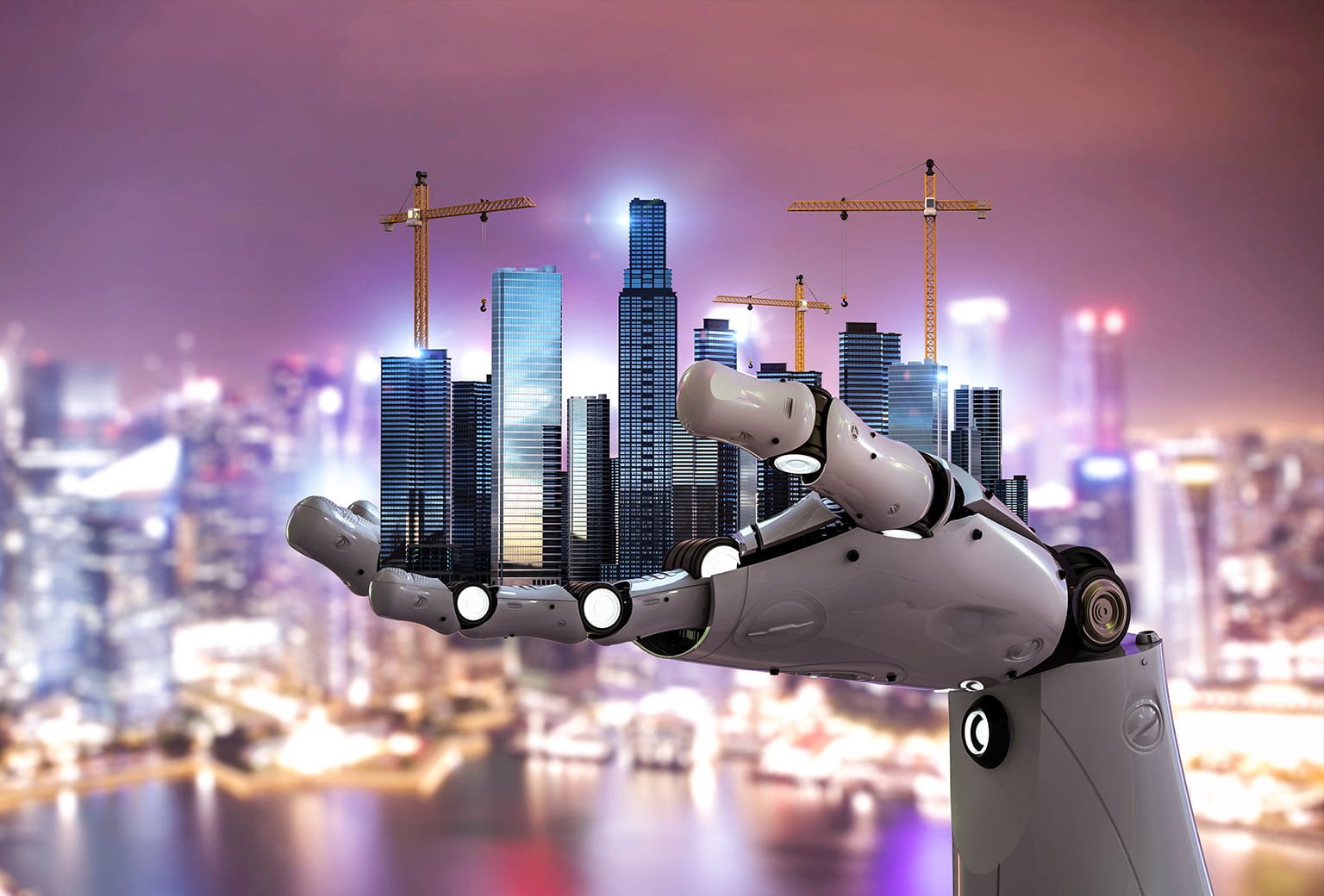The Future of Construction
The construction industry stands on the brink of a transformative era driven by technological advancements, sustainability imperatives, and evolving societal needs. As we peer into the future, we witness a landscape where traditional construction methods meld seamlessly with cutting-edge technologies, promising safer, faster, and more sustainable infrastructure. This article delves into the key innovations poised to reshape the construction industry and the implications they hold for the skylines of tomorrow.
1. Robotics and Automation: Robots are increasingly becoming indispensable assets in the construction domain. From bricklaying robots capable of erecting structures with precision to autonomous drones surveying construction sites, automation is streamlining processes and enhancing efficiency. These robotic solutions not only accelerate construction timelines but also mitigate safety risks by undertaking hazardous tasks.
2. 3D Printing: The emergence of 3D printing technologies is revolutionizing construction by enabling the creation of complex architectural designs with unparalleled precision. Large-scale 3D printers can fabricate entire building components onsite using materials ranging from concrete to recycled plastics. This approach not only reduces material waste but also offers cost-effective and sustainable construction solutions.
3. Sustainable Materials: In response to environmental concerns, the construction industry is embracing sustainable materials sourced from renewable or recycled sources. Innovations such as engineered wood products, bamboo composites, and recycled aggregates are gaining traction for their eco-friendly attributes. Additionally, advancements in materials science are leading to the development of self-healing concrete and photovoltaic glass, further enhancing the sustainability profile of construction projects.
4. Building Information Modeling (BIM): BIM technology is revolutionizing the way buildings are designed, constructed, and managed. By creating digital representations of physical and functional characteristics of structures, BIM facilitates collaborative workflows, improves project coordination, and minimizes errors during construction. As BIM adoption becomes ubiquitous, stakeholders can expect greater efficiency and transparency across the construction lifecycle.
5. Modular and Prefabricated Construction: Modular and prefabricated construction techniques are gaining momentum as viable alternatives to traditional building methods. By assembling building components in controlled factory environments, construction timelines are significantly reduced, while quality control is enhanced. Moreover, modular construction offers flexibility and scalability, allowing for rapid adaptation to evolving spatial needs.
6. Augmented Reality (AR) and Virtual Reality (VR): AR and VR technologies are empowering architects, engineers, and clients to visualize construction projects in immersive digital environments. These tools facilitate better design decision-making, enhance stakeholder engagement, and enable virtual walkthroughs of proposed structures before construction commences. By bridging the gap between concept and reality, AR and VR are fostering innovation and creativity in the construction process.
7. Renewable Energy Integration: The integration of renewable energy systems into buildings is becoming increasingly prevalent as sustainability concerns take center stage. Solar panels, wind turbines, and geothermal heating systems are being seamlessly integrated into building designs to reduce reliance on fossil fuels and mitigate carbon emissions. Furthermore, advancements in energy storage technologies are ensuring reliable and resilient power supply for future construction projects.
Conclusion: The future of construction is undeniably bright, fueled by a convergence of technological innovation, sustainable practices, and societal aspirations. From robotic construction crews to eco-friendly materials and digital design tools, the industry is undergoing a paradigm shift that promises to redefine the skylines of tomorrow. Embracing these innovations with foresight and adaptability will be key to unlocking the full potential of construction in the 21st century and beyond. As we navigate this transformative journey, one thing remains certain – the buildings of the future will not only be symbols of architectural prowess but also beacons of sustainability, resilience, and human ingenuity.
